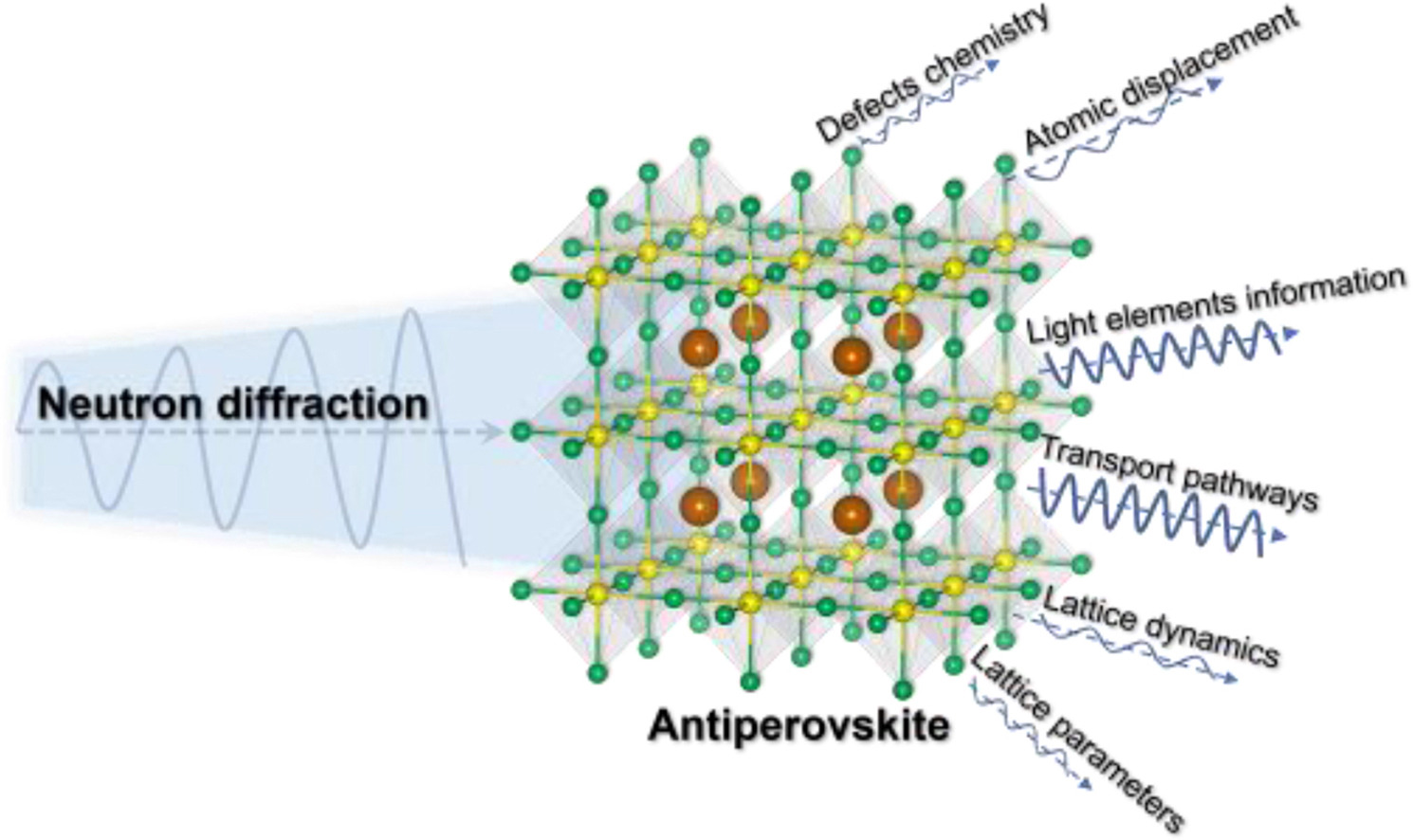
Cover Picture
Structural insights into lithium-deficient type Li-rich layered oxide for high-performance cathode
Dongyu He, Wenxin Tong, Jia Zhang, Zhongyuan Huang, Ziwei Chen, Maolin Yang, Rui Wang, Wenguang Zhao, Zhewen Ma*, Yinguo Xiao* Submit a Manuscript
Structural insights into lithium-deficient type Li-rich layered oxide for high-performance cathode
Dongyu He, Wenxin Tong, Jia Zhang, Zhongyuan Huang, Ziwei Chen, Maolin Yang, Rui Wang, Wenguang Zhao, Zhewen Ma*, Yinguo Xiao* Submit a Manuscript
Neutron diffraction for revealing the structures and ionic transport mechanisms of antiperovskite solid electrolytes
Lei Gao, Jiangyang Pan, Longbang Di, Jinlong Zhu, Liping Wang, Song Gao, Ruqiang Zou, Le Kang*, Songbai Han*, Yusheng Zhao
Chin. J. Struct. Chem., 2023, 42: 100048. DOI: 10.1016/j.cjsc.2023.100048
May 15, 2023
Solid-state electrolytes; Antiperovskite; Neutron diffraction; Structure
ABSTRACT
Solid-state electrolytes (SSEs) play the most important role in the development of cutting-edge all-solid-state batteries (ASSBs). The lithium (sodium)-rich antiperovskite solid conductors have been considered as the promising SSEs due to the structural tolerance for lattice manipulation and the potential to improve ionic conductivity. In particular, lithium (sodium)-rich antiperovskite SSEs are mainly composed of light elements (e.g., Li, O, H), which are suitable for studying the structure and ionic transport mechanism through neutron diffraction techniques. This present review summarizes the progress of neutron diffraction in analyzing the structure and revealing the ionic transport mechanisms of antiperovskite SSEs. The structure-function relationships involved in ionic transport pathways, defect chemistry, anion disorder and lattice dynamics are introduced respectively. In addition, the possible future directions for the application of neutron diffraction in antiperovskite SSEs are suggested.







